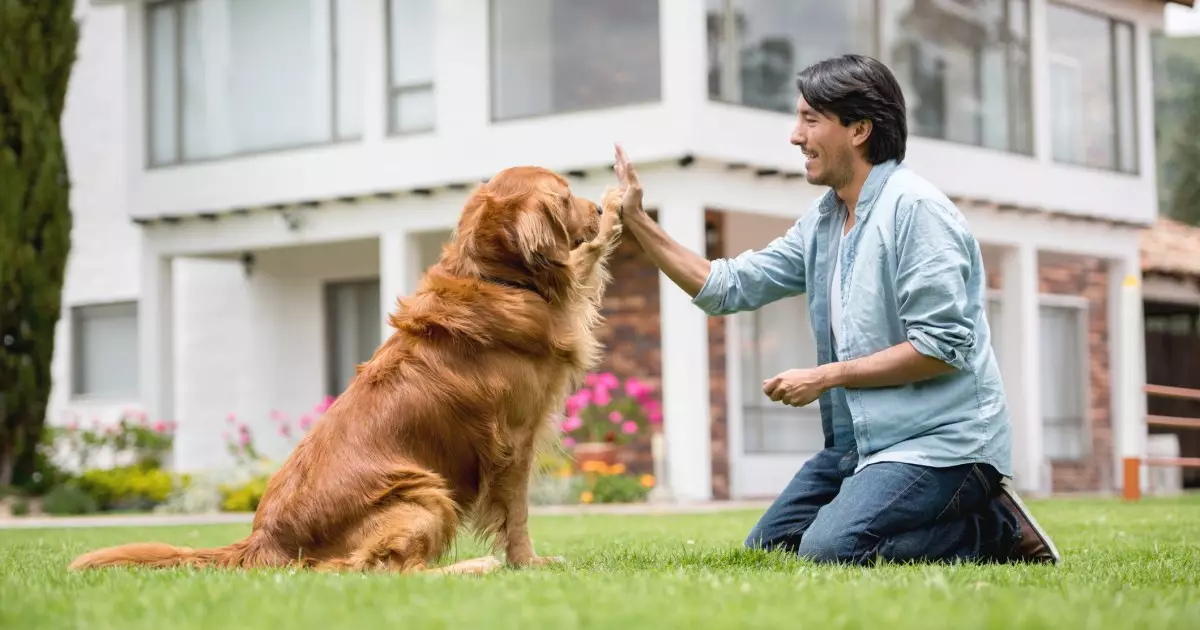When it comes to training dogs, food is often the go-to motivator for rewarding good behavior. However, there is a wide array of alternatives that can be just as effective, if not more so, depending on the individual dog. Understanding your dog’s preferences and personality is crucial in selecting appropriate rewards that will encourage learning and reinforce desired behaviors.
Every dog is unique, which means that training rewards must be tailored to the individual. For instance, while some dogs may be highly driven by food, others could be motivated by social interactions, play, or even praise. Engaging in activities that the dog enjoys can be incredibly rewarding for them. For example, throwing a frisbee or engaging in a game of tug-of-war can serve as excellent rewards for dogs that thrive on physical activity. By carefully observing your dog’s reactions during training, you can determine which rewards hold their interest and motivate them to perform tasks.
Another essential factor in effective training is the surrounding environment. A dog that is easily distracted may find rewards outside of training, such as toys or outside stimuli, more appealing. If your furry friend appears disinterested when you ask them to perform a command, it may indicate that the reward you’re offering is not enticing enough. In such cases, it can be beneficial to minimize distractions during training sessions—which may involve relocating to a quieter area or removing competing stimuli, like toys or noise from other pets.
If you find that a certain reward isn’t motivating enough, you can increase its value by creating a sense of excitement around it. For example, if your dog loves going for walks, rather than just casually grabbing the leash, build up anticipation with a lively tone or the use of a special phrase to signal the event. This way, the reward of a walk becomes more than just a daily routine; it’s a thrilling adventure that your dog will eagerly respond to.
In addition, varying the rewards can keep your training sessions fresh and exciting. Some dogs may prefer a combination of toys on different days or a mix of praise and play. The crucial element is to ensure that each reward feels special, making your dog more likely to engage in the desired behaviors consistently.
Ultimately, the goal of using rewards in training is not merely to correct behavior but also to enhance the bond between you and your canine companion. The more rewarding and enjoyable the training experience is for your dog, the more they will look forward to interacting with you. By fostering a positive atmosphere filled with fun and engagement, you not only build trust and loyalty but also lay the groundwork for a lifelong healthy relationship between you and your dog.

